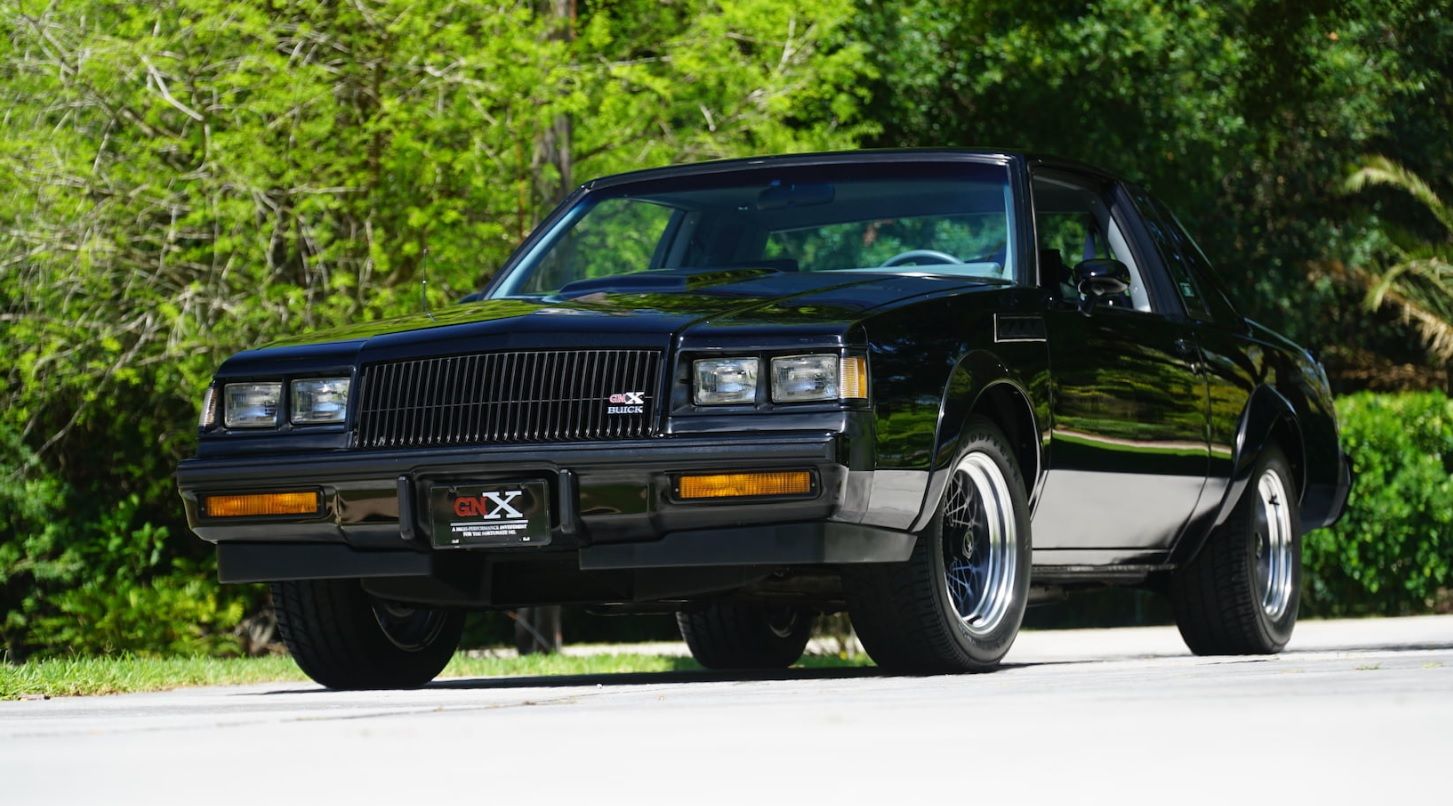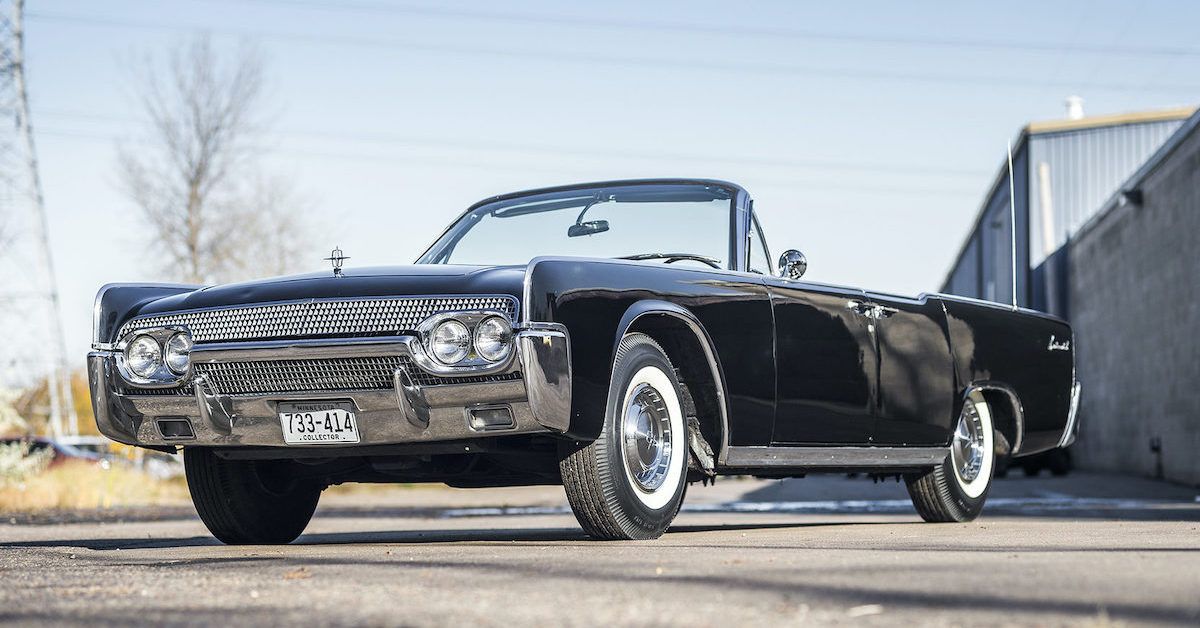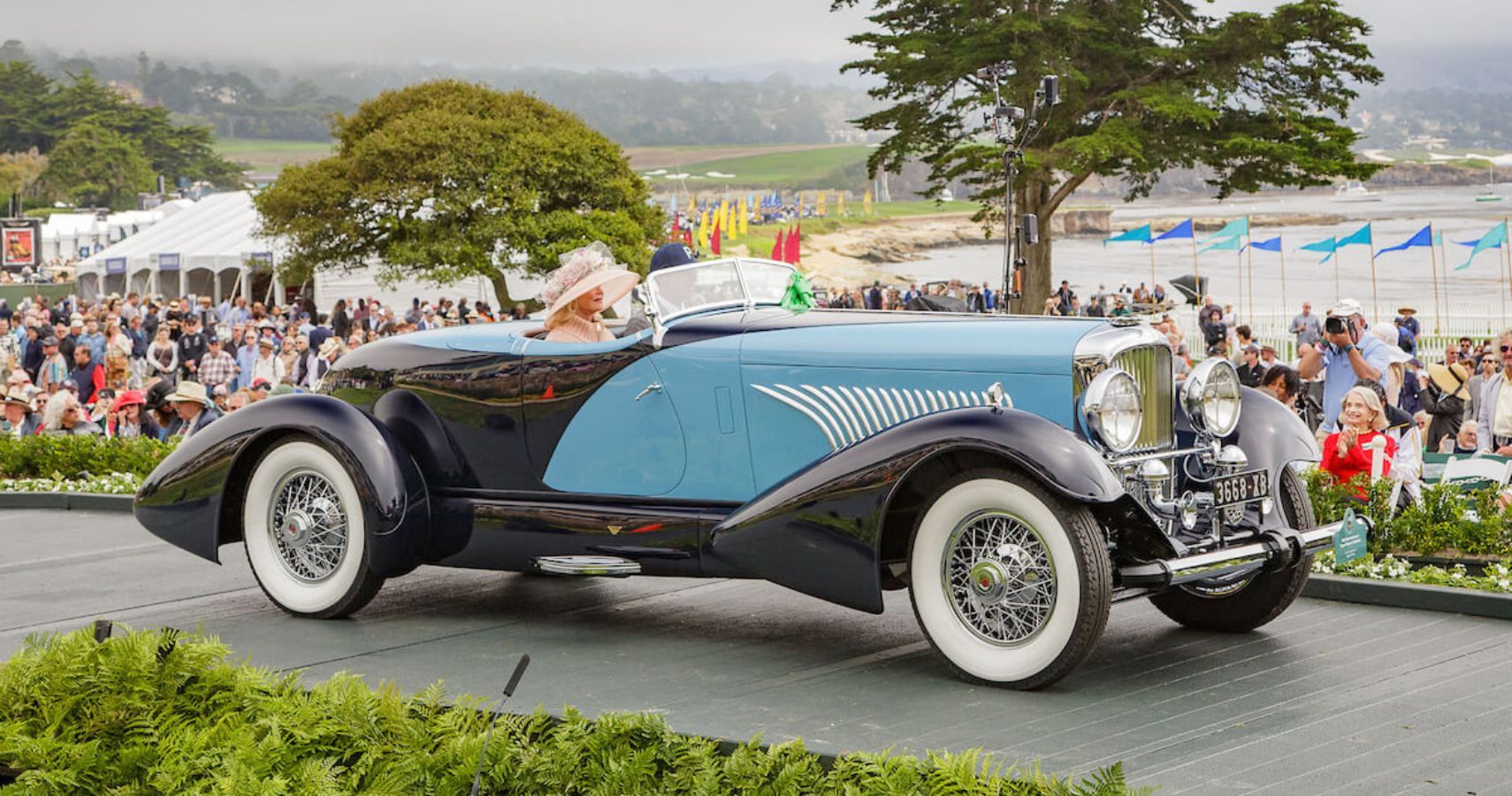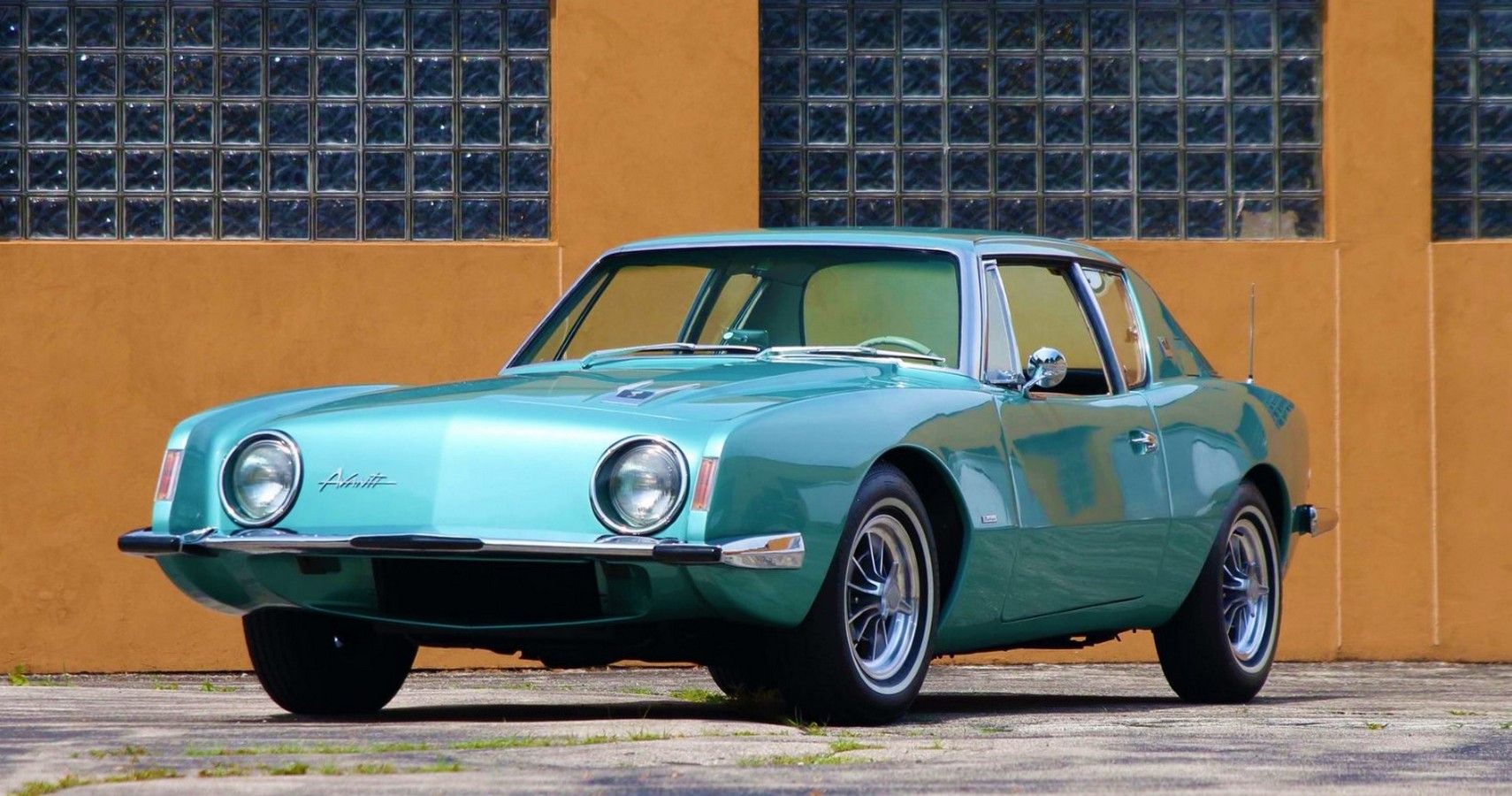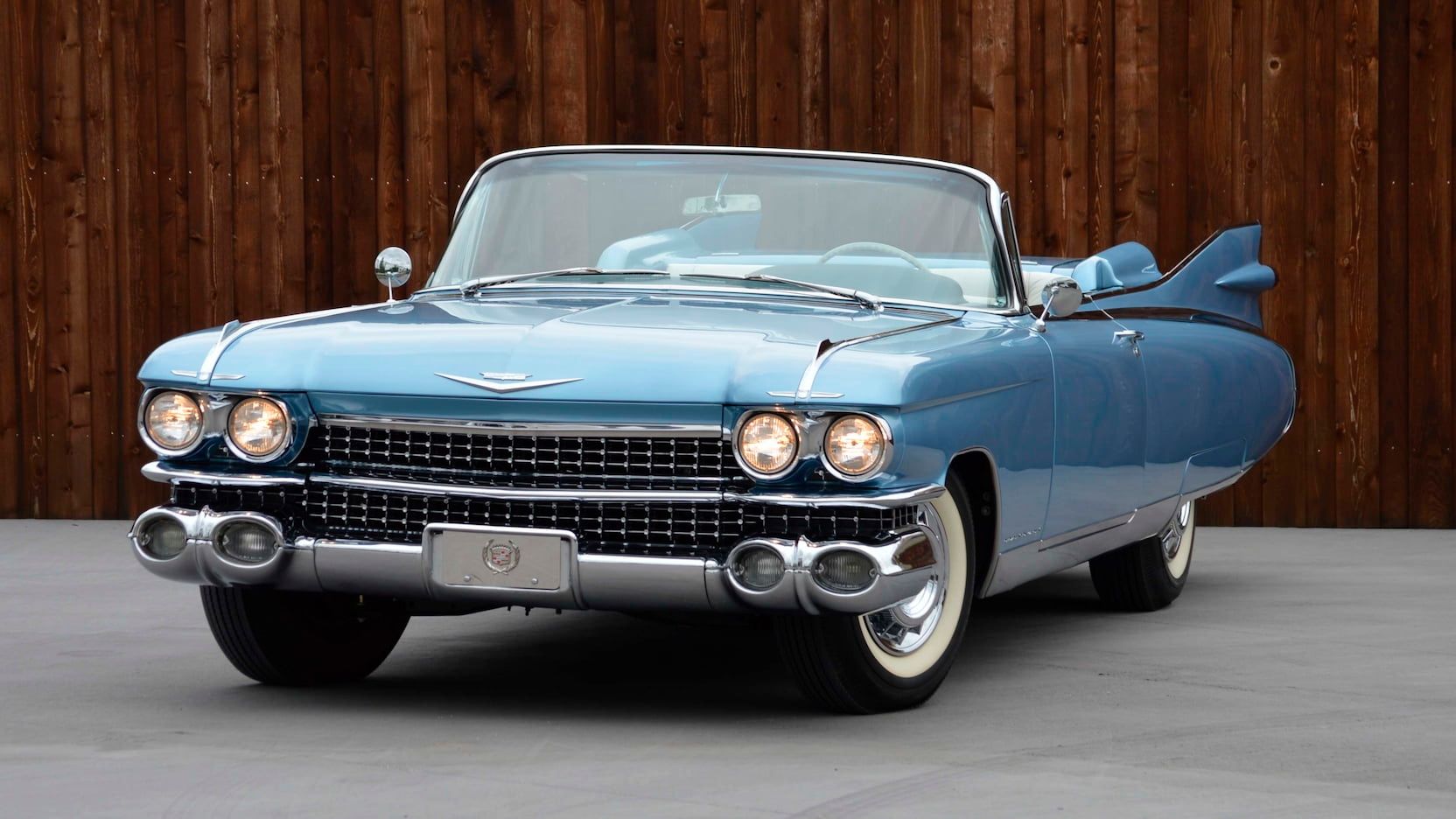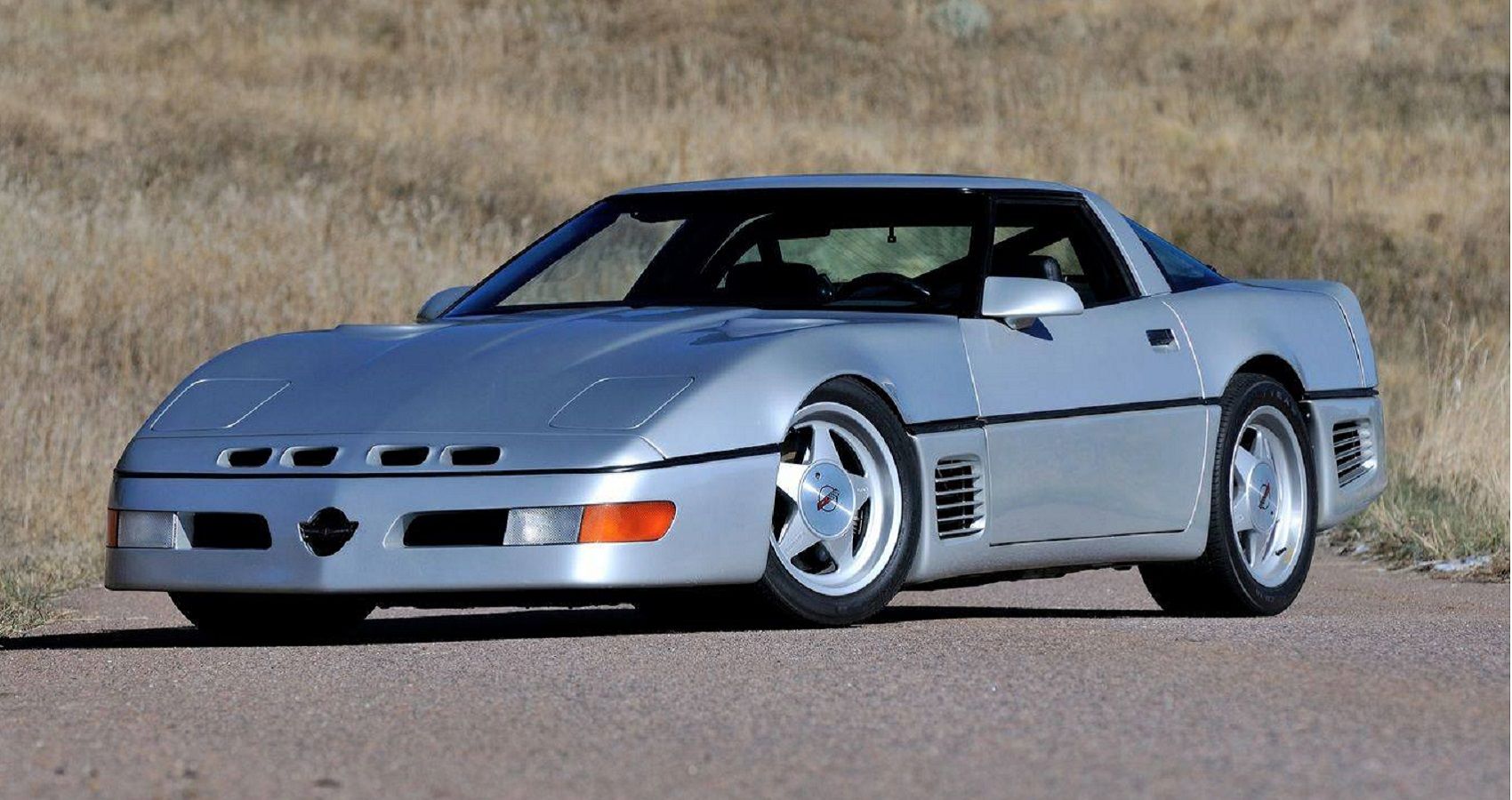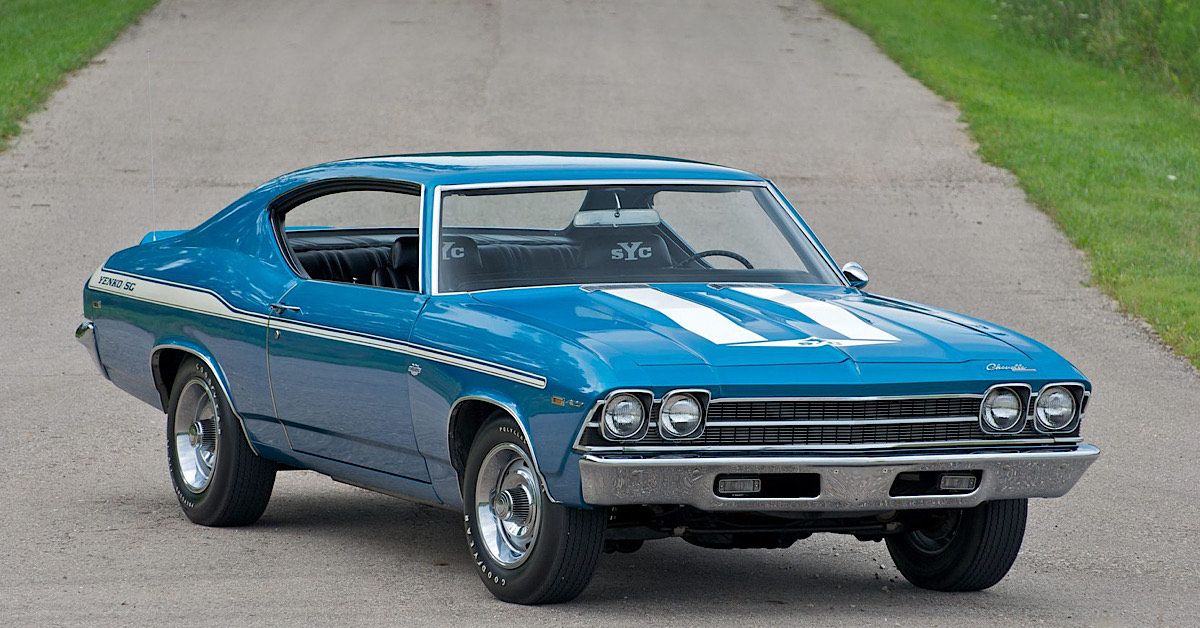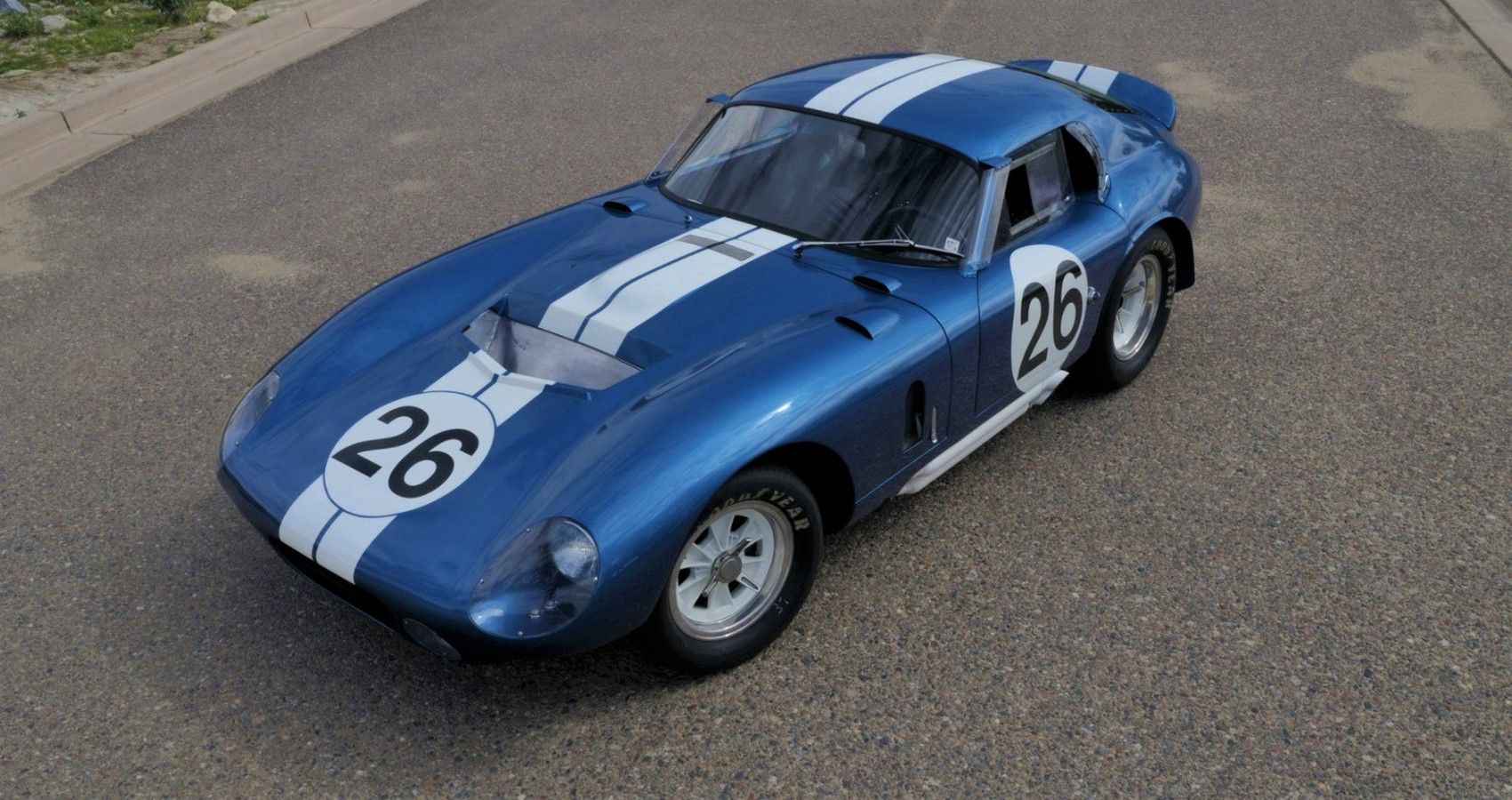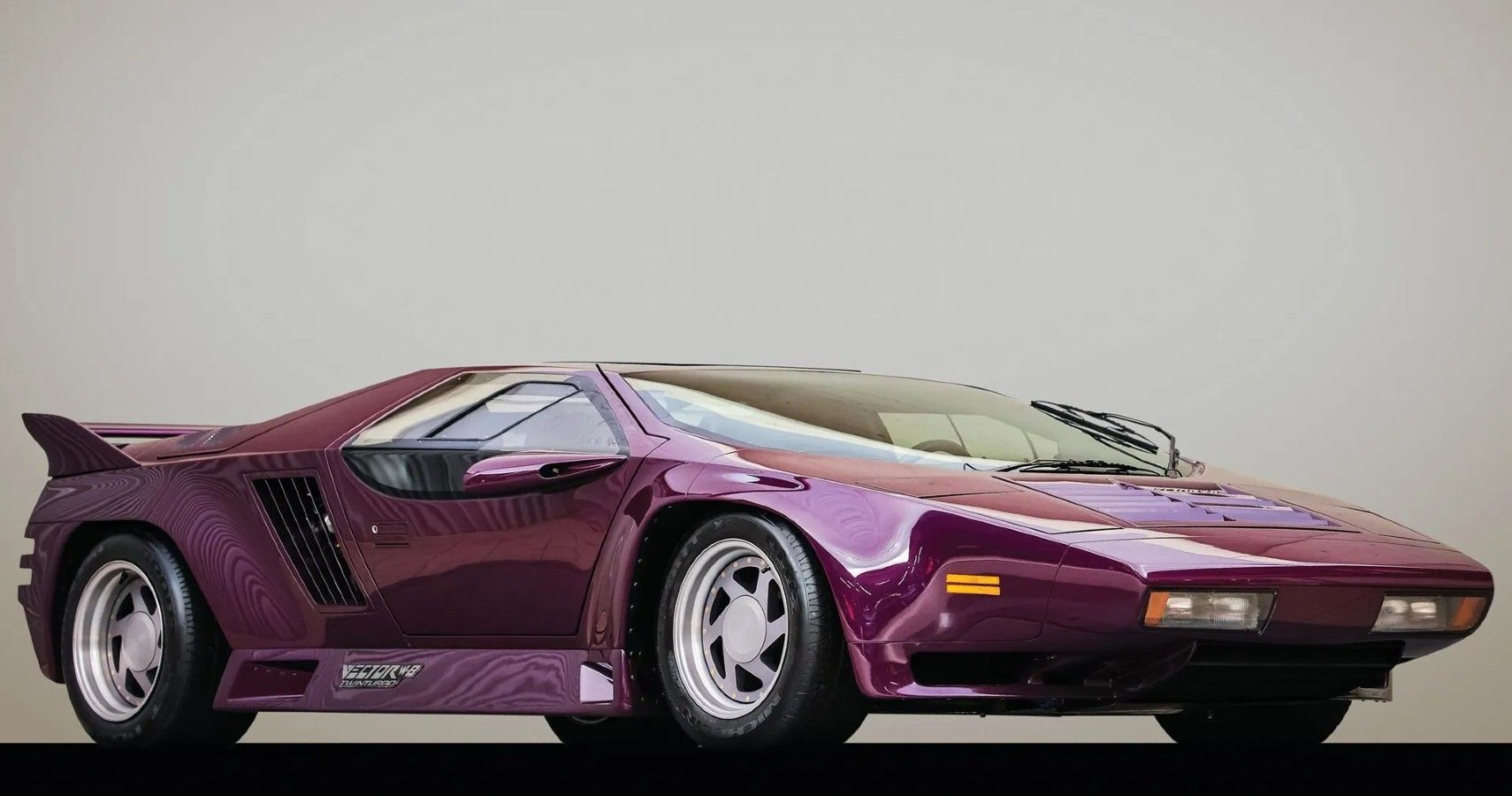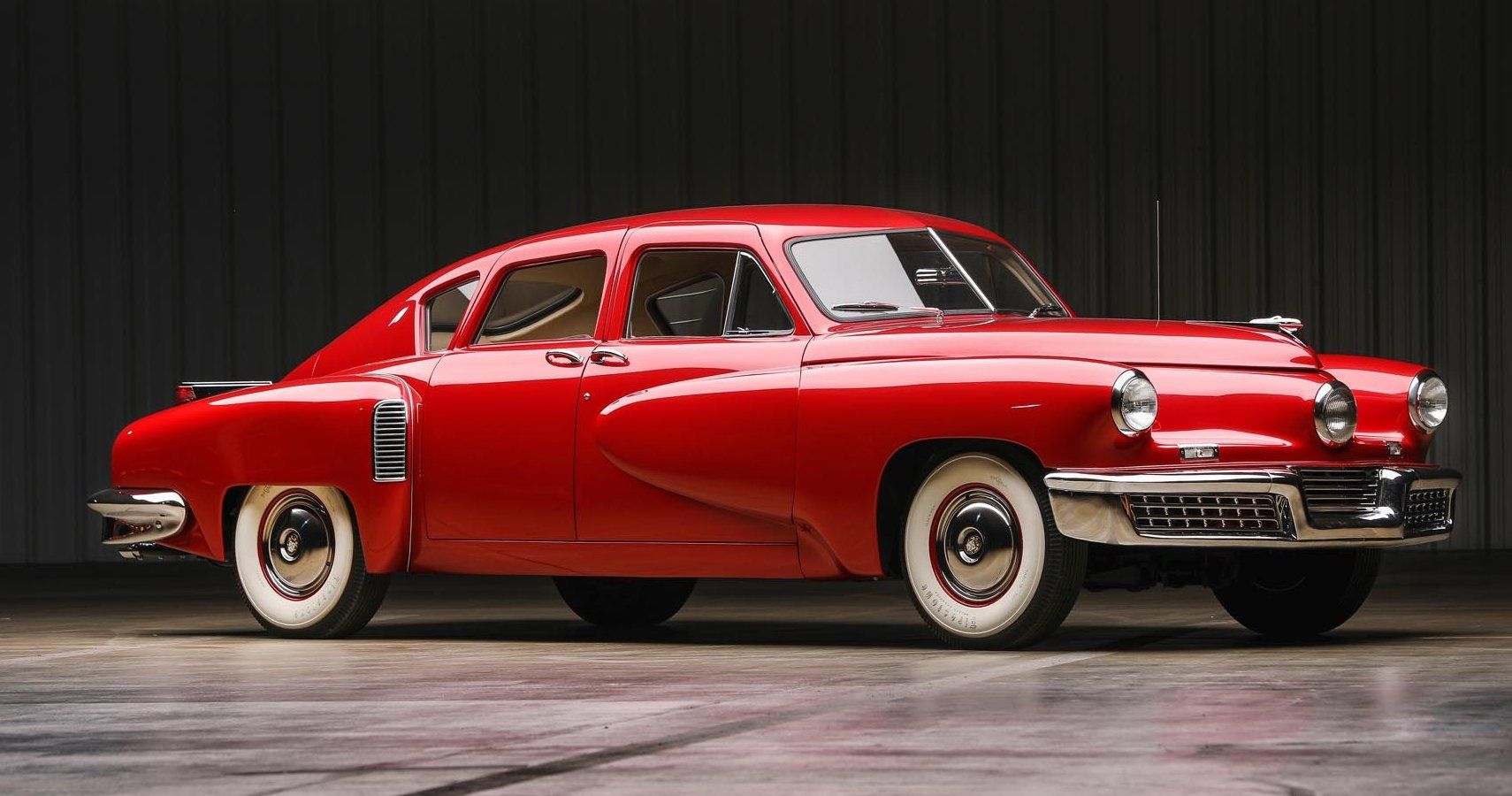10 Best American Cars That Define Automotive Excellence
For some, the terms “American cars” and “automotive excellence” might feel like something of an oxymoron, given the sad state of the car industry in the United States. Even so, there were several times in the past where the American car industry took the world full-on and conquered entire markets through mechanical revolution. Whether it’s via speed, luxury, an inherent sense of reliability, or even just blistering acceleration, certain cars have left their mark on the industry as a whole, and in some ways, acted as a beacon of triumph for their respective manufacturers and have since turned into coveted, classic cars.
Through well over a century of operations, the automobile industry, as a whole, has seen ample instances where domestic manufacturers took center stage among the vast sea of competition, outshining all with a handful of carefully prepared models that are now remembered as legends within the universal conscious. With that said, here are our picks for the top 10 American cars that defined automotive excellence.
10 1987 Buick GNX
The Buick Regal GNX and Grand National models completely transformed the way the world perceived American performance of the 1980s. For decades prior, it was almost a universal notion that any substantial output from an American car necessitated a V8 to get the job done. However, with the Grand National, and later the GNX, Buick demonstrated that a properly turbocharged V6 could easily substitute in the right circumstances.
Buick rated the GNX’s 3.8-liter V6 at 276 hp and 360 lb-ft of torque. However, it’s widely regarded that these engines actually produced somewhere in the realm of 300 hp and 400 lb-ft of torque. It doesn’t sound like much these days, but in an era when even the Corvette barely made 240 hp, the GNX was General Motors’ reluctant halo car. As a result, a longstanding rumor exists that the car was killed off for outperforming the Corvette.
9 1961 Lincoln Continental
Throughout the 1950s, Lincoln mostly played into the existing styling trends, like the majority of other American manufacturers. Although General Motors’ Harley Earl is credited with the introduction of the tail fin into automotive styling, virtually all other American carmakers copied this trend throughout the 1950s.
Lincoln, however, began thinking outside the box for the decade ahead. For the 1961 model year, the Continental was transformed into the stately sedan shown here. Although its lines are fairly simple, the overall styling of the car became legendary as a fresh face to the world of design.
8 1932 Duesenberg SJ
The Duesenberg name still has the power to resonate here in the modern world, a full 86 years after the company’s demise. The reasoning behind this is essentially Duesenberg’s legendary status as arguably one of the greatest American manufacturers to exist prior to WWII, at least in terms of overall performance.
This was mostly evidenced in the advent of the SJ, which debuted in 1932 as a supercharged version of the J. With forced induction, the Lycoming straight-eight’s power jumped up to 320 ponies, allowing the car to reach as high as 140 mph. For the 1930s, this was otherworldly, as even the Ford V8 cars of the same year only put out 65 horsepower.
7 1962 Studebaker Avanti
While the Big Three were experimenting with rapidly changing trends at the dawn of the 1960s, Studebaker was busy setting its own pace with their personal luxury car, the Avanti.
The Avanti took design to an entirely new realm when it debuted in 1962, and furthermore, it was much more than good looks. The R3 variant was once hailed as “the fastest production car in the world,” after piercing 170 mph at Bonneville, although this specific car was reportedly modified for the trials. Nonetheless, the Avanti was one of the hottest cars on the market. So much so that, even after Studebaker went under in 1963, versions of the Avanti remained in production through 2006.
6 1959 Cadillac Eldorado Biarritz
The 1959 model year for Cadillac has come to define the 1950s American car industry as a whole. Its blatant excess is second to none. With its towering fins on the rear, dual headlights, and a copious amount of chrome strewn across the entire car, the 1959 Cadillac Eldorado Biarritz is the ultimate version of this iconic cruiser.
In addition to its broad sense of style, the 1959 Cadillac Eldorado Biarritz also featured a generous helping of features that were state-of-the-art for the late 1950s. Its four-speed HydraMatic transmission was one of the key factors that helped this leviathan get itself rolling, especially in a time when most automatic transmissions were lucky to have three gears. All told, this is one of the prime specimens that helped Cadillac achieve its former slogan as “the standard of the world”.
5 1988 Callaway SledgeHammer
The Callaway SledgeHammer sits on a plain of existence high above most supercars and hypercars, even though it was spawned well over three decades ago. Callaway Cars has a long history of modifying production cars to achieve substantial gains in power and speed, although the company originally began by working its magic upon foreign models from BMW, Alfa Romeo, and even Volkswagen.
The Callaway SledgeHammer was the apotheosis of 1980s performance, stemming from Callaway’s shift to focus its resources on the Corvette C4. With 880 horsepower on tap from its 5.7-liter V8, the SledgeHammer achieved a top speed in excess of 254 mph while piloted by John Lingenfelter in 1988. Although it remained ineligible for the title of the world’s fastest production car, due to its Corvette basis, the Callaway SledgeHammer set a degree of top-end performance that would take years to be bested.
4 1969 Yenko SC Chevrolet Chevelle 427
While American muscle cars are obviously great in their own right, their respective manufacturers generally found themselves holding back when it came time to truly apply the formula for acceleration. The iconic Yenko Chevrolet cars are prime examples of how these muscle cars could truly run outside the barriers of the manufacturer.
The 1969 Yenko Chevelle was one of the best examples of this breed, built via Chevrolet’s COPO program that allowed dealerships to order larger-displacement engines in cars that would otherwise not come equipped with which. The L72 427-cid was the go-to choice for the Yenko Chevelle in 1969, which was officially rated at 425 hp. However, Yenko Chevrolet had a long history of underrating their engines to assist customers with insurance costs, which could easily raise the engine’s true output to a much higher figure. As a result, these Yenko cars became some of the most formidable muscle cars of their day and could easily take on almost anything built by the factory.
3 1965 Shelby Daytona Coupe
Simply put, the Shelby Daytona Coupe was built specifically to challenge the Ferrari 250 GTO throughout the FIA’s World Sportscar Championship in both 1964 and 1965. Based upon the Cobra, the Daytona versions offered enclosed, aerodynamic bodywork that allowed these cars to achieve much higher top speeds and become a formidable threat to their European adversaries.
While the Ford v Ferrari hype put the spotlight on the Ford GT40 not long ago, the Shelby Daytona Coupe was a true underdog, built and campaigned entirely by Shelby American and without much help from the corporate giants at Ford. In fact, Shelby American became the first American manufacturer to ever win the WSC championship and had vanquished Ferrari on their own, well before Ford did so with Shelby’s help at Le Mans.
2 1991 Vector W8
The Vector W8 was America’s first real attempt to create a world-beating supercar, and although it was technically a production car, very few of these burly beasts were ever cut loose into the wild. The entire project stemmed from the mind of Gerald Wiegert, who’d founded Vector in the 1970s and produced the original W2 concept towards the end of the decade.
Wiegert’s goal was to create an American car that could hang with the best that Europe had to offer, and by most accounts, Vector succeeded with the W8. With 625 horsepower bursting forth from its 6.0-liter Rodeck V8, this car offered tremendously higher power than anything from the likes of Ferrari and Lamborghini. Vector had estimated the top speed at 242 mph, although this optimistic figure was never properly tested. Some experts estimate the Vector W8 to top out around 218 mph, which would’ve still put this car high above the tier. Sadly, only 17 examples of the Vector W8 were ever produced.
1 1948 Tucker 48
The story of the Tucker 48 shares many aspects with an urban legend, and the overall mystique surrounding this car has since created a legend in the process. Its creator, Preston Tucker, had simply wanted to give Americans a proper, family sedan that was technologically advanced far beyond the low-tech offerings on which the Big Three had been shelling out in the years immediately following WWII. At that point, companies like Ford and General Motors were merely building versions of pre-war models that lacked refinements in safety, performance, and true innovation.
The Tucker 48 took this concept of innovation to a world far off the norm of its day and proved to be a formidable threat to the competition, despite Tucker’s status as a newcomer in the market of production cars. After severe legal issues, which Tucker was later exonerated from, the company ultimately dissolved after producing only 51 cars. To this day, many believe that Tucker’s demise was the direct result of interference by the competition, who would’ve potentially been forced to invest millions just to match this car’s technological prowess.
Sources: General Motors, Ford Motor Company, Callaway Cars, Hagerty, Hemmings
